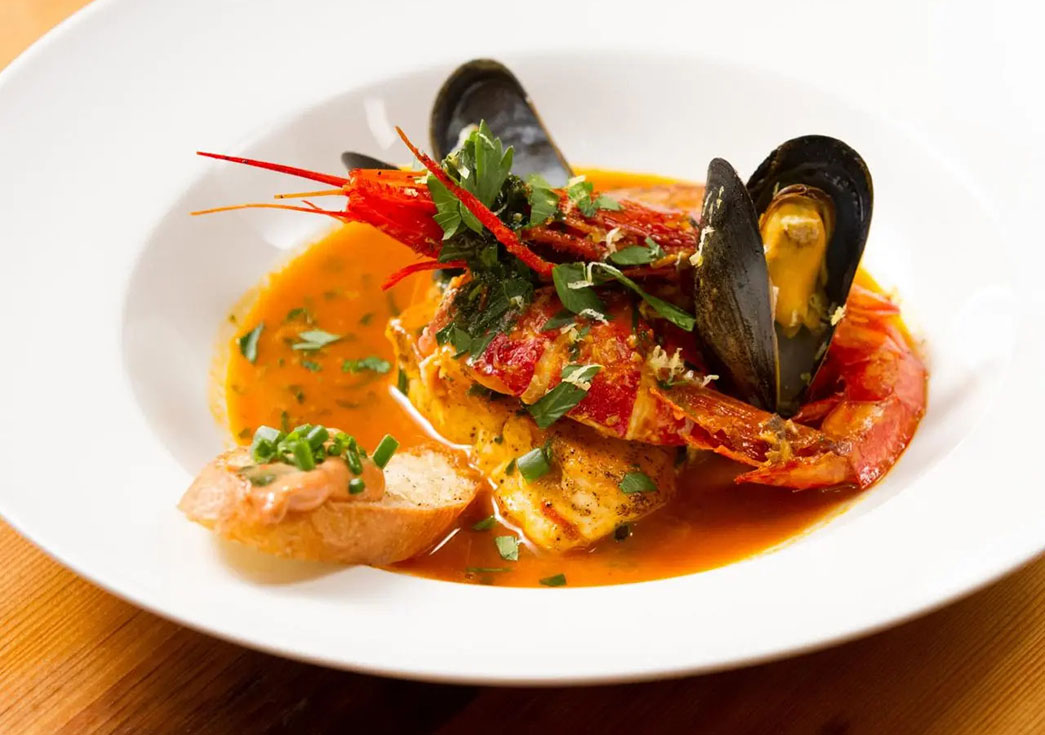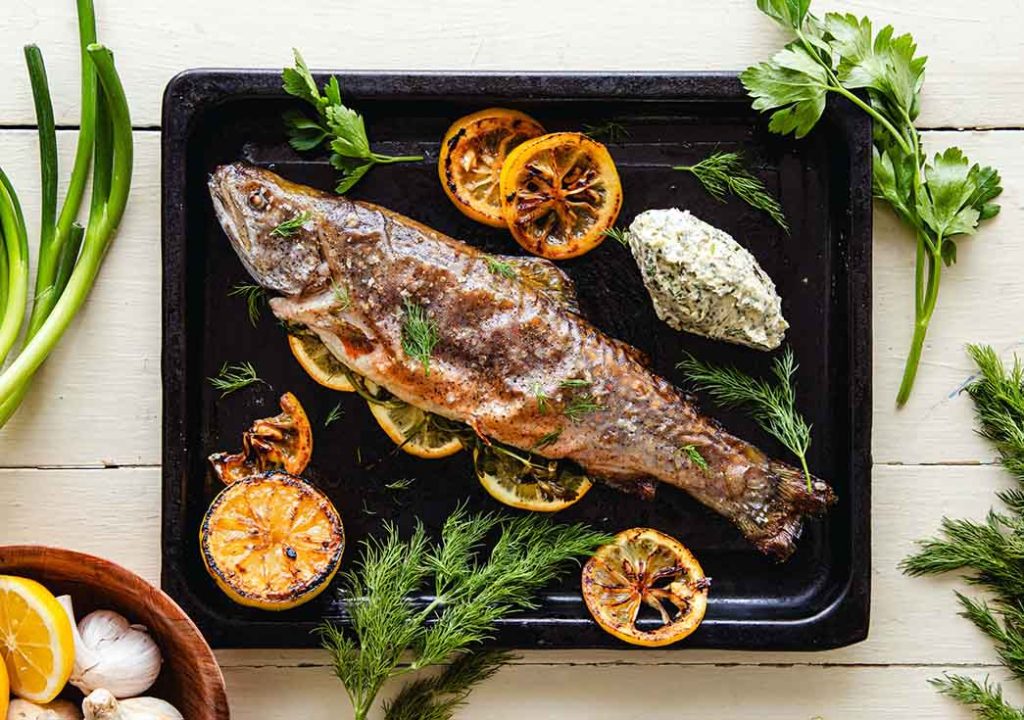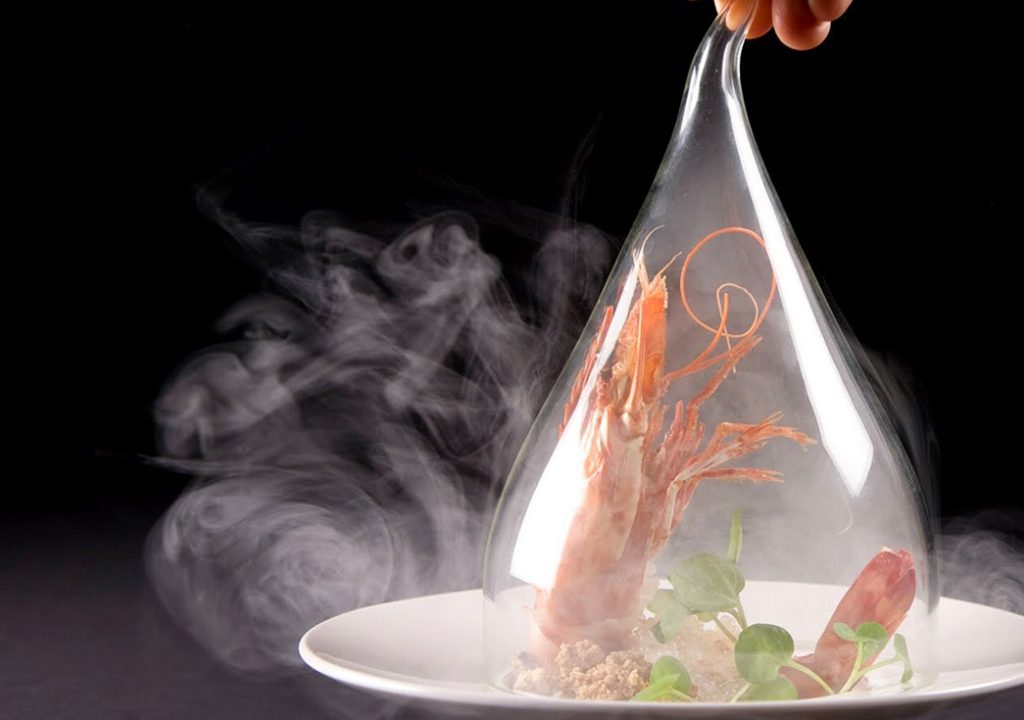From Seafood to Mediterranean Flavors: A Culinary Exploration of Marseille

Marseille, located in the south of France along the Mediterranean coast, is a city steeped in history and rich cultural heritage. Its cuisine is deeply intertwined with its long-standing maritime traditions, showcasing a blend of fresh seafood and unique Mediterranean flavors. Every dish tells a story of local lifestyle, marine resources, and history.
In Marseille, food is not just about satisfying hunger; it is an immersive cultural experience. Let me take you on a journey through this city’s culinary world, exploring the delicious traditional dishes and modern creative cuisines. Whether in bustling markets or seaside restaurants, every place offers its own distinctive flavor and story. Each dish here will transport you to the Mediterranean sun, sea breeze, and traditional craftsmanship.
1. Marseille’s Seafood: The Perfect Combination of Freshness and Quality
One of the most iconic aspects of Marseille’s cuisine is its seafood. As an important port city in France, Marseille is blessed with an abundance of fresh seafood, and almost every restaurant here offers a genuine oceanic experience. The city’s location on the Mediterranean coast means that the seafood is delivered daily from local fishermen, ensuring the highest level of freshness. Whether it’s fish, mussels, clams, or succulent lobster and crab, the seafood in Marseille bursts with the essence of the sea. The variety of species, coupled with the skillful use of local herbs and seasonings, makes each dish a celebration of the ocean’s bounty.
A standout seafood dish is Bouillabaisse, a traditional Marseille fish stew. Originating from the city’s hardworking fishermen, this dish was initially made using the fish that couldn’t be sold, slow-cooked with spices, tomatoes, olive oil, and water, and served with a slice of bread topped with garlic butter. Today, Bouillabaisse has become a symbol of Marseille cuisine, with its rich, hearty broth and intense seafood aroma that captivates every diner. It is often served in a two-part process: first, the broth is poured over the bread, and then the fish and other seafood are served separately. This ritual adds to the allure of the dish and provides a deep, satisfying culinary experience.
Another popular dish is the Seafood Plateau (Plateau de fruits de mer), a grand platter filled with various fresh sea products. The platter includes oysters, mussels, sea snails, crabs, and lobsters, usually served chilled and eaten with lemon and vinaigrette. It offers the perfect opportunity to sample a variety of fresh seafood, preserving the natural taste of the ocean. This presentation of seafood not only showcases the city’s rich maritime heritage but also reflects the luxurious and festive nature of the local cuisine.
2. Mediterranean Flavors: Tradition and Innovation in Marseille
Marseille’s cuisine is not limited to seafood. As a Mediterranean city, it also draws inspiration from the region’s rich agricultural heritage, featuring typical Mediterranean flavors that emphasize health, freshness, and simple yet flavorful cooking methods. The people of Marseille take great pride in their use of high-quality ingredients, such as olive oil, garlic, fresh herbs, and vegetables, which are staples of Mediterranean cuisine. Local markets, bursting with fresh produce, provide the city’s chefs with everything they need to create dishes that are as nutritious as they are delicious.
Poisson au Four avec Herbes, or Mediterranean herb-roasted fish, is a simple yet deeply flavorful dish. Fresh fish, often caught that very morning, is marinated in a generous amount of olive oil, rosemary, thyme, and garlic, then baked until perfectly tender. The fish’s natural sweetness shines through, while the fragrance of the herbs and the richness of the olive oil blend harmoniously, creating a dish that is both light and satisfying. A bite of this dish feels like being transported to the sunny shores of the Mediterranean, with the sea breeze and warm sunlight infusing every bite.
Another iconic dish is Ratatouille, a Mediterranean vegetable stew that highlights the region’s fresh, seasonal vegetables. Made with tomatoes, eggplant, peppers, onions, pumpkin, and zucchini—ingredients that are grown locally in the fertile soils of Provence—this dish is simmered with olive oil and fresh herbs like basil and thyme. The slow-cooking process allows the flavors to meld together beautifully, resulting in a light yet rich dish that captures the essence of the Mediterranean sun. Every bite of Ratatouille is a reminder of the natural beauty and abundance that defines southern France.

3. Marseille’s Food Markets: A Bustling World of Diverse Flavors
Stepping into the markets of Marseille, you’ll instantly feel the vibrant food culture, with each market offering a different slice of local life. These markets are not just places to shop, but a reflection of the city’s rich culinary traditions. Whether at the lively Marché des Capucins or the iconic fish market, Marché aux Poissons, the air is filled with the scent of fresh seafood, ripe vegetables, fragrant herbs, fruits, spices, and local specialties that tell the story of Marseille’s diverse food scene.
In these bustling marketplaces, you’ll find not only a wide range of seafood—like oysters, sea urchins, and squid—but also an assortment of other Mediterranean products such as olives, cheese, and cured meats. A particular highlight is Socca, a crispy, chickpea-based pancake that’s golden and tender on the inside. Often seasoned with black pepper and drizzled with olive oil, Socca is a perfect street snack, crunchy and packed with flavor. It’s often sold from large pans in market stalls, allowing you to enjoy it freshly made while soaking in the vibrant atmosphere.
At the Marché de Noailles, you’ll find a dazzling array of Mediterranean ingredients from across North Africa, Italy, and beyond. The market offers an impressive selection of spices, dried fruits, nuts, and artisanal cheeses. The colorful stalls create a feast for the eyes, and the aromas—rich with cumin, saffron, and garlic—fill the air, tempting you to explore further. Walking through these markets offers more than just the chance to purchase fresh ingredients—it’s an invitation to delve into Marseille’s multicultural culinary heritage, making it an unmissable experience.
4. Marseille’s Desserts: The Sweet Flavors of the Mediterranean
In addition to savory dishes, Marseille’s desserts hold a special place in the hearts of both locals and visitors. As a city bathed in Mediterranean sunshine, its sweets are designed to celebrate the region’s natural bounty. With ingredients like fresh fruits, honey, almonds, and citrus, the desserts here are as refreshing as they are indulgent, offering a perfect balance of sweetness and lightness.
One of the most iconic desserts of Marseille is Navettes de Marseille, a traditional almond biscuit shaped like small boats, often enjoyed with a hot drink. These delicate biscuits are made with a mixture of almonds, honey, and vanilla, offering a crispy texture that’s both light and flavorful. They are a cherished treat during local festivals, especially around Assumption Day, when the aroma of freshly baked Navettes wafts through the city. These biscuits are more than just a treat—they are a part of the city’s heritage, deeply connected to its traditions and festivities. Locals take pride in passing down the recipe through generations, ensuring that this beloved dessert remains a staple on Marseille’s culinary scene.
Another irresistible dessert to try is Gâteau à l’huile d’olive, an olive oil cake that’s both moist and airy. Olive oil, a key ingredient in the Mediterranean diet, gives the cake a rich yet light texture, making it an ideal dessert for a warm summer afternoon. Often paired with lemon or orange zest, this cake captures the essence of southern France, with its bright, citrusy notes complementing the earthiness of the olive oil. It’s not just a dessert but a reflection of the region’s commitment to fresh, locally-sourced ingredients. A slice of Gâteau à l’huile d’olive offers the perfect way to end a meal, leaving you with the lingering taste of the Mediterranean sun.

5. Modern Creative Cuisine in Marseille: A Fusion of Tradition and Innovation
In recent years, the culinary scene in Marseille has embraced modern creative cuisine. Many young chefs have built on traditional recipes while incorporating contemporary cooking techniques and global ingredients, leading to the creation of innovative and unique dishes.
One such trend is Molecular Gastronomy, which has found its place in high-end restaurants in Marseille. By studying the chemical reactions and molecular structure of ingredients, chefs create unprecedented sensory experiences. For example, some restaurants combine traditional seafood stews with molecular gastronomy techniques, using “foams” or “gels” to offer new textures and visual effects, breathing new life into classic dishes.
Additionally, many modern restaurants blend Mediterranean flavors with influences from Asia, Africa, and beyond, creating novel fusion dishes. For instance, some restaurants offer seafood flavored with Mediterranean herbs and spices, combined with Indian seasonings or African chili peppers, providing an exciting new dimension to the flavor palette. These fusion dishes not only reflect Marseille’s multiculturalism but also offer diners a broader range of culinary options.
6. A Culinary Journey Through Marseille
A culinary journey through Marseille is not only a feast for the senses but also a deep cultural experience. From seafood to classic Mediterranean dishes, and from local street foods to modern fusion creations, every meal offers a taste of the city’s unique charm. The city’s culinary landscape brings together the bounty of the ocean, the gifts of nature, and the blending of history with modern innovation.
Whether you’re a fan of traditional flavors or an adventurous eater seeking new experiences, Marseille offers a culinary adventure that satisfies all tastes. Here, food is not just about nourishment but is a profound conversation with people, history, and culture.
Tags: Culinary Exploration, Mediterranean Flavors, Seafood